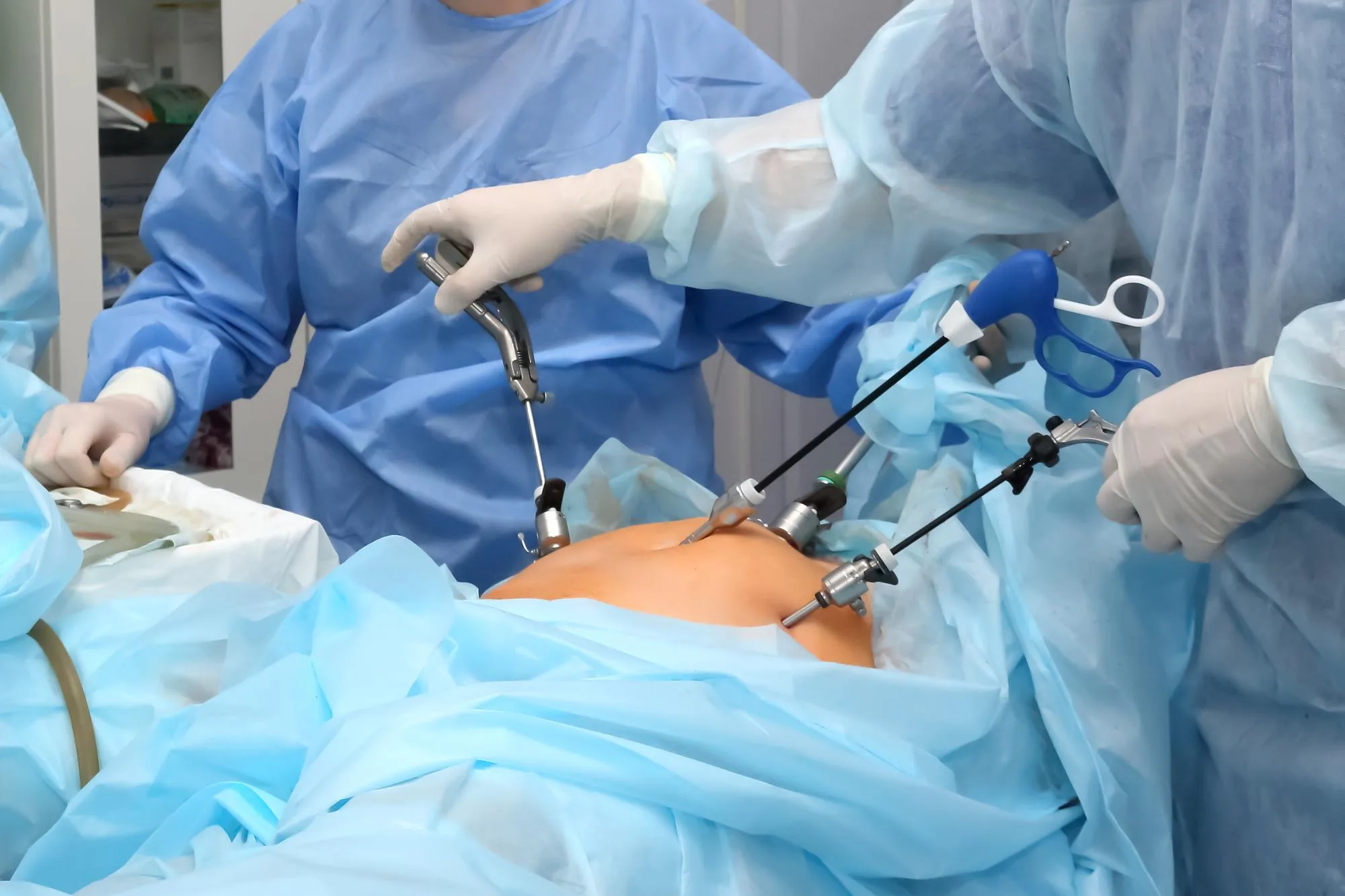
It starts with smaller incisions—but it changes more than the surface
Laparoscopic surgery isn’t about avoiding surgery. It’s about approaching it differently. The incisions are small. A camera is used. Tools go through narrow tubes. It looks simple. But what happens inside is just as complex.
The benefit isn’t just cosmetic. Less bleeding. Less tissue damage. Shorter hospital stays. These aren’t small wins—they shift recovery entirely.
But that doesn’t mean it’s effortless. It still carries risk. It still demands healing. It still asks your body to adapt.
The camera shows more than the eye can catch
One of the tools is a tiny camera. It sends a real-time view to a monitor. Surgeons see more than they could with an open cut. Magnified. Clear. Controlled.
That clarity helps with precision. With safer cuts. With cleaner repairs. It’s not just about access—it’s about vision.
The camera doesn’t replace skill. It enhances it.
Gas inflates the abdomen—and that feels strange afterward
To create space, carbon dioxide gas is pumped into the abdomen. This lifts the wall away from the organs. It’s harmless. But it changes how the body feels afterward.
Some patients feel bloated. Others have shoulder pain. The gas irritates the diaphragm. It takes a few days to fully absorb.
It’s temporary. But no one tells you how odd it feels until you’ve lived it.
Recovery is usually shorter—but still real
You might go home the same day. Or the next. That feels like progress. But recovery still takes time. Bruising. Fatigue. Discomfort at incision points. That’s normal.
Just because the scars are small doesn’t mean the healing is instant. Your body still underwent change. Internal swelling exists. Muscles react. Sleep might be disrupted.
Healing is quieter—but not less important.
There’s less risk of infection—but not none
Smaller incisions mean fewer openings for bacteria. That reduces risk. But no surgery is risk-free. Any opening carries a chance of infection.
That’s why post-op care matters. Cleaning wounds. Watching for fever. Noticing redness. Knowing when to call.
Laparoscopic doesn’t mean forgettable. It just means more manageable.
Not all procedures can be done this way
Laparoscopy isn’t for everything. Sometimes organs are too inflamed. Sometimes anatomy isn’t suited for narrow tools. Sometimes bleeding risk is too high.
Your surgeon chooses laparoscopy when it’s the safer path. Not just the easier one.
And sometimes a surgery starts laparoscopic—but needs to switch to open. That’s not failure. That’s adaptation.
Scars are smaller—but they’re still real
The cuts are tiny. Often less than an inch. But they still need care. They may itch. Harden. Darken. Fade.
They may sit under the waistband. Or near the belly button. Their size doesn’t make them invisible—but they usually settle more discreetly over time.
Scar tissue also forms inside. That’s part of healing. And part of why rest matters.
Movement helps healing—but it needs to be gentle
You’ll be encouraged to walk. Breathe deeply. Stretch carefully. These help prevent blood clots. They help circulation. They help digestion restart.
But movement isn’t the same as exertion. No lifting. No straining. No twisting suddenly. The inside needs time even if the outside looks calm.
Pain doesn’t always scream. Sometimes it’s a whisper that says slow down.
Emotion plays a role—more than most expect
Even small surgeries create emotional response. Fear. Frustration. Vulnerability. Relief. They all exist in recovery.
Some patients feel sadness after. Some feel anxious. It’s not weakness. It’s the nervous system processing change.
You didn’t just have a procedure. Your body went through something. And it takes time to settle back into trust.
Follow-up visits are part of the process—not an afterthought
That appointment two weeks later isn’t just for stitches. It’s to track healing. Spot issues. Ask questions you didn’t know to ask at the start.
Don’t skip it. Even if you feel fine. It’s part of completing the circle of care.
What starts with a camera and tiny cuts still ends with attention.
